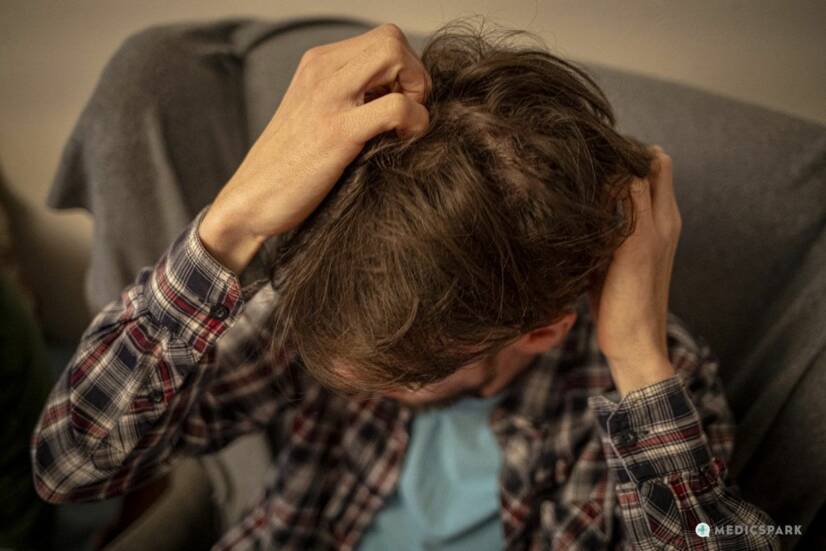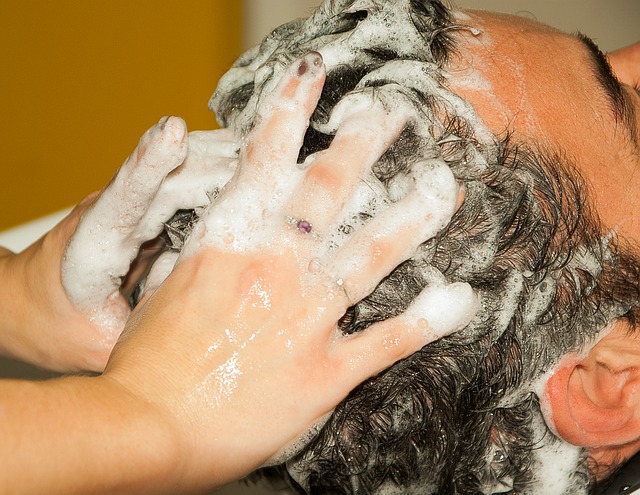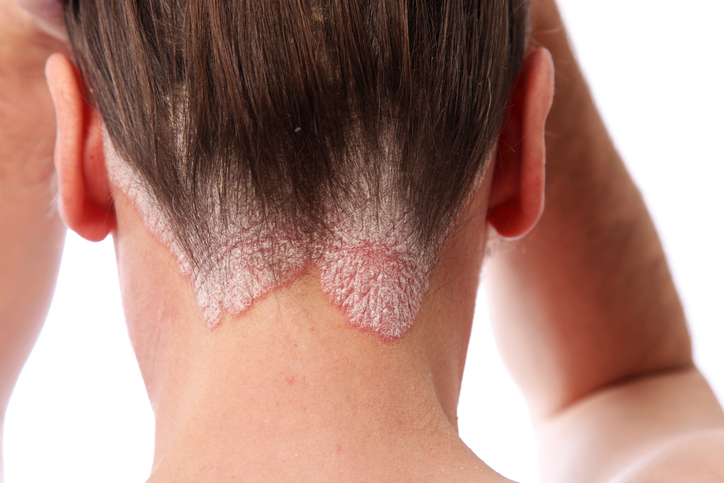Itchy scalp: What does this unpleasant problem mean?

Or just a minor skin irritation? Dandruff, psoriasis, but also other diseases such as dermatitis. And not only in children, it can also be lice.
Itching of the scalp can have many causes, from a one-off irritation with hair products to a symptom of a skin or hair condition.
In most cases, itchy scalp is just a reaction to an irritant, such as irritation from cosmetic products like hairspray, hair gel or hair shampoo.
An allergic reaction can also be behind this problem. In the case of using a new hygiene or cosmetic product.
Alternatively, it can be a reaction to temperature extremes and sudden temperature changes. Especially in winter, people alternate between being in freezing outdoor environments and heated indoor spaces.

What about hygiene?
Itching of the scalp can also be due to a reduced level of hygiene. Another case is insufficient shampooing, but also reduced hair hydration. Also, frequent washing of the hair and the use of aggressive hair shampoos.
Dandruff
Most often, itching of the scalp is associated with dandruff. Dandruff is actually flakes of dead skin, but there is an abnormal amount of it. The skin flakes off regularly over its entire surface as part of its regeneration.
One notices this if there is an excessive number of these scales (dandruff). Often this is a symptom of dry skin and oily hair. Itching of the scalp is typical. Dandruff can also signal a deficiency of minerals and vitamins, for example, vitamin B, selenium, zinc.

Dandruff
Itching of the scalp is also typical of psoriasis (psoriasis). The skin disease manifests itself all over the skin, practically anywhere. Dandruff is often the result of the transfer of psoriasis to the scalp and hair.
In psoriasis, however, inflammatory and reddened deposits, sometimes even scales, can be observed on the skin. In addition to the skin, it sometimes affects the joints, in about 10-20% of cases. This type is technically called psoriatic arthritis.
Mycosis mycosis may also be behind the itching
Skin diseases also include various mycoses. These are diseases caused by fungi and moulds. They affect not only the skin but also the nails and, for example, the hair.
Thus, mycoses are manifested not only by itching of the scalp, but also of the whole body, depending on which part of the skin is attacked. Redness is also present and the hair is excessively brittle. Along with this, itching of the scalp and hair loss are manifested.
The most common type of mycosis is dermatophytosis, which is caused by dermatophytes that feed on corroded skin cells. The infection is caused by a fungus that is transferred from an animal (for example, a dog or cat) to a human.
The problem is if this disease is not treated in time, it affects more and more of the body's skin over time and consequently takes longer and more difficult to treat.
Head lice and itchy head

Itching of the scalp is also typical of various parasitic infectious diseases. Lice is an example. Lice typically appear in children with poor hygiene. Transmission is simple and is facilitated by collective play, for example in nurseries and schools.
Symptoms of head lice:
- lice and nits evidenced by sight
- itching, burning of the scalp
- reddening of the skin
- increased temperature with associated infection of irritated skin
- general restlessness
- nervousness
- disturbance of attention
- sleep disturbance to insomnia
The disease is not complicated to treat. It usually lasts up to two weeks. However, constant application of shampoo or spray at regular intervals is necessary, as well as regular and consistent combing of the lice.
Diseases with symptom "Itchy scalp"
Interesting resources
Related










